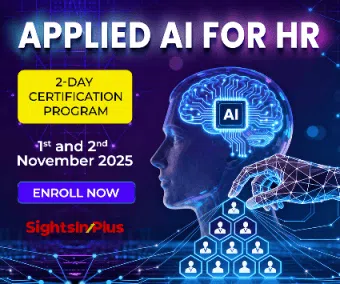Microsoft employees have once again turned to crowdsourced spreadsheets to share detailed compensation data, offering a rare glimpse into the tech giant’s pay structures.
The spreadsheet, which has already collected over 850 entries, includes self-reported information on base salaries, cash bonuses, and stock grants across various roles and divisions.
While the data is unofficial and incomplete, it provides valuable insight into how Microsoft compensates its workforce, particularly amid intensifying competition for artificial intelligence (AI) talent.
The spreadsheet, reviewed by Business Insider and other outlets, reflects contributions from employees across engineering, product, and business functions.
Though the entries represent only a fraction of Microsoft’s 228,000 global employees as of June 30, the data has sparked widespread interest among tech professionals, recruiters, and compensation analysts.
AI Talent Commands Premium Packages
The timing of the data release is significant. Microsoft is currently engaged in a fierce talent war with rivals like Meta, Google DeepMind, and Anthropic, especially for AI researchers and engineers.
Reports suggest that Microsoft has updated its internal pay guidelines and offered multimillion-dollar packages to attract top talent in the AI space.
According to Business Insider’s analysis of nearly 300 U.S.-based software engineer submissions, average base salaries vary widely by division:
- Cloud + AI: $204,135
- Commerce + Ecosystems: $191,597
- Security: $189,285
- Azure, Xbox, and Microsoft AI: $168,000–$176,000
Stock awards also show significant variation, with senior engineers (Level 67) receiving equity grants ranging from $145,000 to $252,000.
Cash bonuses range from 8% to 140% of base salary, depending on performance level and business unit.
Transparency Driven by Microsoft Employees, Not the Company
Microsoft has not officially commented on the spreadsheet or its contents.
The company maintains a structured compensation framework, but public transparency around pay remains largely employee-driven.
The spreadsheet is part of a growing trend in the tech industry, where workers share pay data anonymously to promote fairness and negotiate better offers.
While the self-reported nature of the data means it may underrepresent higher-paid or more senior employees, it still offers a useful benchmark for understanding compensation trends.
Analysts note that such disclosures can help level the playing field, especially for early-career professionals and underrepresented groups.
Strategic Hiring Amid Restructuring
Despite its aggressive AI hiring strategy, Microsoft has trimmed thousands of roles this year, keeping its overall headcount flat.
The company has reallocated resources to prioritize strategic areas like cloud infrastructure, AI research, and enterprise solutions.
This dual approach—cutting non-core roles while investing heavily in AI—reflects a broader industry trend of selective hiring amid economic uncertainty.
Microsoft’s compensation strategy appears to be closely tied to its business priorities.
Divisions focused on AI and cloud services command higher pay, stock awards, and bonuses, underscoring the company’s intent to lead in next-generation technologies.
Note: We are also on WhatsApp, LinkedIn, and YouTube to get the latest news updates. Subscribe to our Channels. WhatsApp– Click Here, YouTube – Click Here, and LinkedIn– Click Here.



